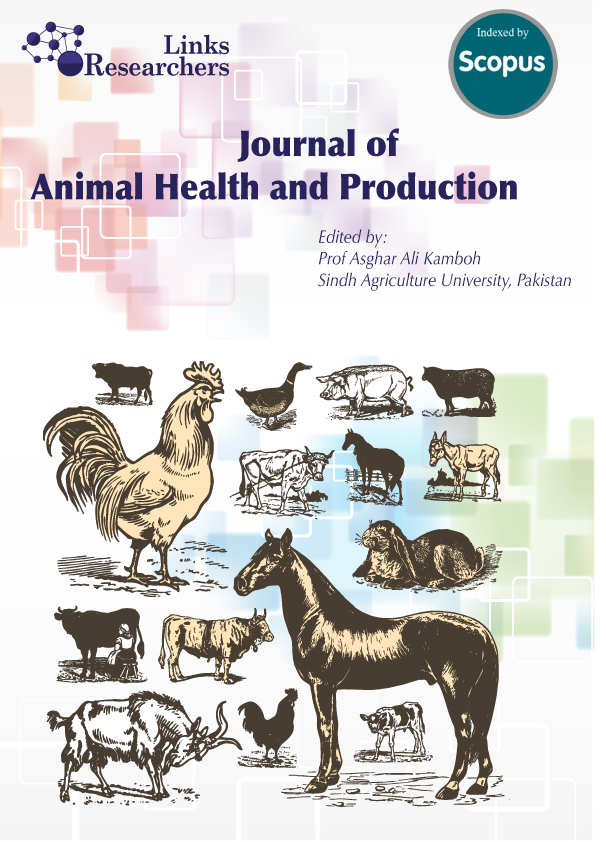Explanation of the Intracellular Survival Mechanisms of Babesia Bovis in Bovine Endothelial Cells
Explanation of the Intracellular Survival Mechanisms of Babesia Bovis in Bovine Endothelial Cells
Safa T. Whaeeb1*, Zeid Alsadoon2, Ali Hussein Fadhil3 Hayder M. Mohammed4
ABSTRACT
To share on other social networks, click on any share button. What are these?






